
Understanding POSH (Prevention of Sexual Harassment) Laws: Workplace Safety
In modern organizations, occupational safety must be in an integrated sense—not just physical safety but also psychological well-being and work respect. Perhaps one of the most significant aspects of the integrated safety concept is avoiding sexual harassment in the workplace. Sexual harassment, is not only the sheer absence of respect for people's rights, it is a destroyer of comprehensive development, mental health, and organizational performance.
This issue was addressed by the government of India with the POSH Act, 2013
The POSH Act, 2013: Origin, Objective, and Scope
The Sexual Harassment of Women at Workplace (Prevention, Prohibition and Redressal) Act, 2013, otherwise known as the POSH Act, was legislated after the Vishaka Guidelines formulated by the Hon'ble Supreme Court of India in the year 1997. The guidelines emerged in the case of Vishaka vs. State of Rajasthan, where it was held that there existed no law to safeguard women at workplaces.
The primary purposes of the Act are:
- To deter sexual harassment.
- To prohibit undesirable behavior in all its manifestations.
- To provide a grievance redressal channel to the victim.
The Act is all-encompassing in nature to cover all government or private sector workplaces and covers all women employees—irrespective of age or employment status (permanent, temporary, contractual, interns, or even visitors and clients).
What Is Sexual Harassment?
Sexual harassment, as defined under Section 2(n) of the POSH Act, includes:
- Physical contact and advances.
- Demand or request for sexual favors.
- Sexually coloured remarks.
- Display of pornography.
Incidentally, it can be asserted that a single episode of harassment. The Act also recognizes that harassment has a tendency to be something covert and psychological, and not necessarily openly physical, and this explains the sensitive but comprehensive nature of this legislation.
POSH Act 2013 Rules: What Are the Duties of Employers?
To ensure security for the staff in HRM, the POSH Act mandates some tangible actions:
-
Organizing the Internal Committee (IC)
The 10 or more worker organizations shall organize an Internal Committee in each office or branch. IC will have:
- A Presiding Officer (women staff of senior rank),
- Two women cause dedicated staff members or law knowledge,
- One outside member (NGO or lawyer with POSH experience).
-
Drafting and display of the policy
Organizations shall adopt and display a concise POSH policy, which is as follows:
- What is harassment,
- The redressal and grievance mechanism,
- Disciplinary action against misconduct.
Such a policy shall be distinctly displayed at the workplace.
-
Sensitisation and Training
POSH awareness training will be conducted:
- At the induction of the employees,
- Once a year for all the employees
- With special sessions for IC members on complaint handling sensitively and in confidence.
-
Solution and Redressal of Complaint at the earliest
The victims will be permitted to lodge complaints within 3 months of the incident. The IC will:
- Hold an inquiry within 90 days,
- Submit a report with elaborative recommendations,
- Take action within 60 days of reporting.
-
Annual Reporting
The IC will submit its annual report to the employer and District Officer, focusing on:
- Number of cases registered,
- Number of cases settled,
- Awareness programs conducted.
HRM's Role in Facilitating a Safe Work Environment
HR professionals are the cornerstone of workers' safety and POSH Act 2013 adherence. A few of their principal roles include:
- Including POSH training in HR activities.
- Having open grievance redressal systems.
- Having gender sensitization on policy and management levels.
Providing a speak-up environment where workers will openly report malpractices without harassment.
Remember that staff safety in HRM does not occur only on factory floors or building sites—it occurs emotionally and mentally as well, and that is equally important.
Women Safety at Workplace: Why It's Important for Business
A unsafe workplace environment scares talent, hurts morale, and raises attrition. A company that makes all efforts towards women safety at workplace, however, gains by way of:
- Increased employee engagement,
- Improved employer brand,
- Improved diversity and inclusion results
Adherence to ESG (Environment, Social, and Governance) standards ever more in demand by investors.
In addition, there might be an enormous fine, loss of reputation, and even criminal action for not forming an Internal Committee.
Challenge in POSH Implementation
Despite the law having been so precisely laid out, there are a few practical issues:
- Low awareness, especially in Tier 2 and Tier 3 cities.
- Resistance to complaint-making due to fear, stigma, or mistrust of the redressal process.
- informal workers like domestic work, hospitality, and gig economy workers who will continue to be excluded.
Tokenism where firms maintain an IC for appearance only and don't have a follow-up.
For this issue to be addressed is by top-down cultural change—where modelling of respectful behavior and no tolerance of abuse from top leaders.
Way Forward: POSH Must Be Enacted as Cultural Conduct, Not Compliance Drill
Employing the workplace to be respectful and safe is not an HR initiative-company initiative. POSH will work if it is embraced by the company values and constructed based on:
- Systematic sensitization and discussion,
- Accountability of leadership
- Anonymous grievance processes
- Preventive observation of workplace behavior and culture.
Conclusion
With a re-engineering phase in the area of workplace safety, POSH legislation provides a robust template to the Indian workplace in a way that all the employees, especially women, work freely without fear and prejudice. Now it is the turn of the organizations to implement these provisions both in spirit and letter.
By embedding employee health and safety within HRM practices and prioritizing women's safety at work as a core value, organizations can establish truly high-performance and future-oriented work cultures. Because occupational safety is not merely a matter of law—it is a human right.
Recent Posts
-
 How to setup a Semiconductor Unit in Gujarat...
Dec 26,2025
How to setup a Semiconductor Unit in Gujarat...
Dec 26,2025
-
 Process of Setting Up a Gratuity Fund Trust in Ind...
Dec 18,2025
Process of Setting Up a Gratuity Fund Trust in Ind...
Dec 18,2025
-
 Corporate Insolvency Resolution Process (CIRP) und...
Dec 17,2025
Corporate Insolvency Resolution Process (CIRP) und...
Dec 17,2025
-
 Closure of a company in India...
Dec 12,2025
Closure of a company in India...
Dec 12,2025
-
 Importance of Black Money Act 2015...
Dec 11,2025
Importance of Black Money Act 2015...
Dec 11,2025
-
 What are undisclosed assets and income under Black...
Dec 08,2025
What are undisclosed assets and income under Black...
Dec 08,2025
-
 Importance of PIMS certification for Importers in ...
Dec 06,2025
Importance of PIMS certification for Importers in ...
Dec 06,2025
-
 Incorporation of Company in UAE...
Dec 03,2025
Incorporation of Company in UAE...
Dec 03,2025
-
 Legal Entity Identifier LEI - Purpose and Applicab...
Dec 01,2025
Legal Entity Identifier LEI - Purpose and Applicab...
Dec 01,2025
-
 Implementation of New Labour Codes 2025...
Nov 29,2025
Implementation of New Labour Codes 2025...
Nov 29,2025
-
 A Step-by-Step Guide to a Smooth Payroll Outsourci...
Nov 28,2025
A Step-by-Step Guide to a Smooth Payroll Outsourci...
Nov 28,2025
-
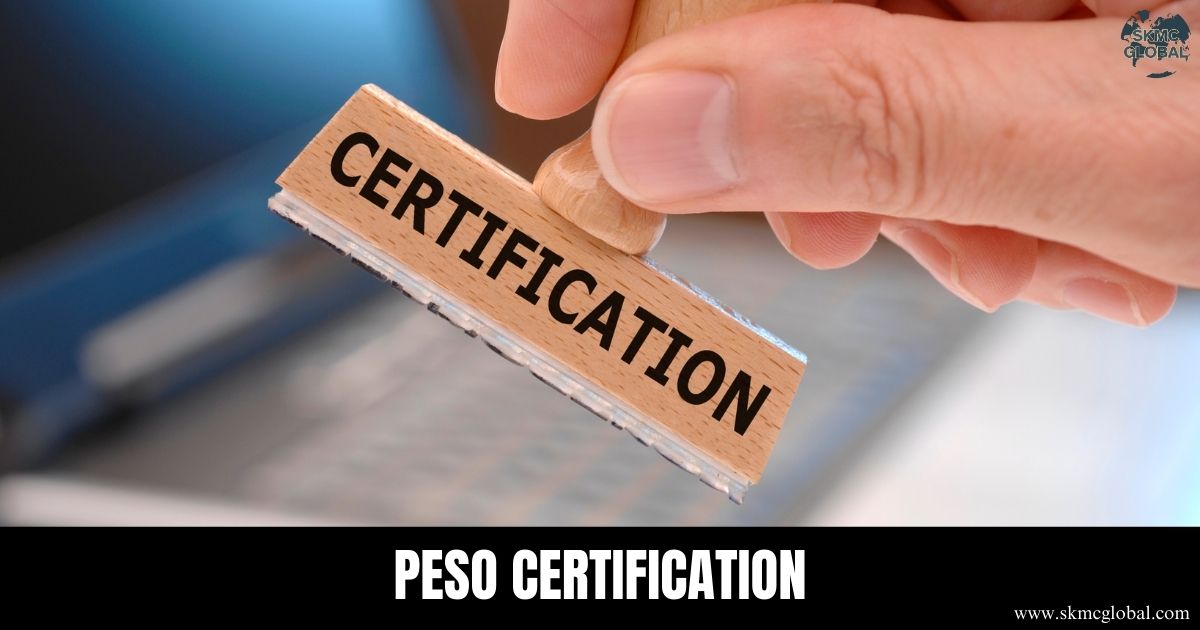 PESO Certification in India...
Nov 26,2025
PESO Certification in India...
Nov 26,2025
-
 Family Trusts for NRIs- Managing Indian Assets fro...
Nov 24,2025
Family Trusts for NRIs- Managing Indian Assets fro...
Nov 24,2025
-
 Decoding Disclosures: Section 184 of Companies Act...
Nov 21,2025
Decoding Disclosures: Section 184 of Companies Act...
Nov 21,2025
-
 All you want to know about Recycling business in I...
Nov 20,2025
All you want to know about Recycling business in I...
Nov 20,2025
-
 What is Seed Fund Scheme and its relevance for Sta...
Nov 19,2025
What is Seed Fund Scheme and its relevance for Sta...
Nov 19,2025
-
 Incorporation of Company in Singapore...
Nov 18,2025
Incorporation of Company in Singapore...
Nov 18,2025
-
 How to upgrade your AEO T2 certification to AEO T3...
Nov 15,2025
How to upgrade your AEO T2 certification to AEO T3...
Nov 15,2025
-
 What is the relevance of APEDA Registration and it...
Nov 14,2025
What is the relevance of APEDA Registration and it...
Nov 14,2025
-
 Applicability of Indian Accounting Standards for c...
Nov 11,2025
Applicability of Indian Accounting Standards for c...
Nov 11,2025
-
 Public vs. Private Trust: key Differences in Regis...
Oct 28,2025
Public vs. Private Trust: key Differences in Regis...
Oct 28,2025
-
 Donation and Foreign Contributions to Trusts in In...
Oct 23,2025
Donation and Foreign Contributions to Trusts in In...
Oct 23,2025
-
 Redeemable Preference Shares as a Financial Tool...
Oct 22,2025
Redeemable Preference Shares as a Financial Tool...
Oct 22,2025
-
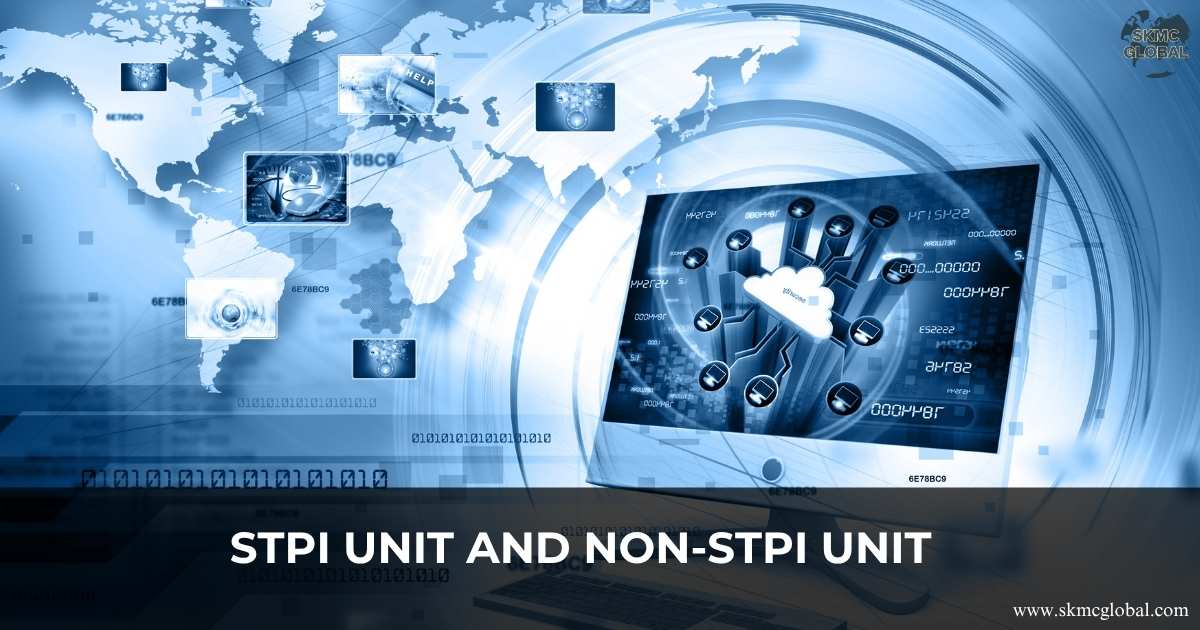 STPI Unit and Non-STPI Unit...
Oct 16,2025
STPI Unit and Non-STPI Unit...
Oct 16,2025
-
 Country-by-Country Reporting (CbCR) and Its Evolvi...
Oct 09,2025
Country-by-Country Reporting (CbCR) and Its Evolvi...
Oct 09,2025
-
 What is Free Trade Agreement and Certificate of Or...
Oct 08,2025
What is Free Trade Agreement and Certificate of Or...
Oct 08,2025
-
 What is the relevance of status holders certificat...
Oct 06,2025
What is the relevance of status holders certificat...
Oct 06,2025
-
 Redemption of Advance Authorization under Foreign ...
Oct 04,2025
Redemption of Advance Authorization under Foreign ...
Oct 04,2025
-
 What is provisional assessment of Bill of Entries ...
Sep 29,2025
What is provisional assessment of Bill of Entries ...
Sep 29,2025
-
 Redemption of EPCG License...
Sep 26,2025
Redemption of EPCG License...
Sep 26,2025
-
 MOOWR (Manufacturing and Other Operations in Wareh...
Sep 24,2025
MOOWR (Manufacturing and Other Operations in Wareh...
Sep 24,2025
-
 Procedure to Apply SCOMET License...
Sep 22,2025
Procedure to Apply SCOMET License...
Sep 22,2025
-
 Landscape of Semiconductor Industry while Doing Bu...
Sep 18,2025
Landscape of Semiconductor Industry while Doing Bu...
Sep 18,2025
-
 The Hidden Costs of In-House Accounting v/s Outsou...
Sep 17,2025
The Hidden Costs of In-House Accounting v/s Outsou...
Sep 17,2025
-
 TDS on sale of immovable property by an nri...
Sep 10,2025
TDS on sale of immovable property by an nri...
Sep 10,2025
-
 Setting up a Project Office in India...
Sep 08,2025
Setting up a Project Office in India...
Sep 08,2025
-
 Tax Implication for Transferring NRO Funds to NRE ...
Sep 05,2025
Tax Implication for Transferring NRO Funds to NRE ...
Sep 05,2025
-
 How outsourcing CFO services helps the corporates ...
Aug 27,2025
How outsourcing CFO services helps the corporates ...
Aug 27,2025
-
 Why a Periodical Cash Flow Statement is Necessary ...
Aug 26,2025
Why a Periodical Cash Flow Statement is Necessary ...
Aug 26,2025
-
 What is FATCA and CRS reporting and its difference...
Aug 22,2025
What is FATCA and CRS reporting and its difference...
Aug 22,2025
-
 What are unclaimed TDS Credits and how to claim it...
Aug 21,2025
What are unclaimed TDS Credits and how to claim it...
Aug 21,2025
-
 Digital Taxation is reshaping Tax Nexus Between Ju...
Aug 20,2025
Digital Taxation is reshaping Tax Nexus Between Ju...
Aug 20,2025
-
 Procedure to Take PF Registration and Its Complian...
Aug 18,2025
Procedure to Take PF Registration and Its Complian...
Aug 18,2025
-
 Procedure to take PSARA License...
Aug 11,2025
Procedure to take PSARA License...
Aug 11,2025
-
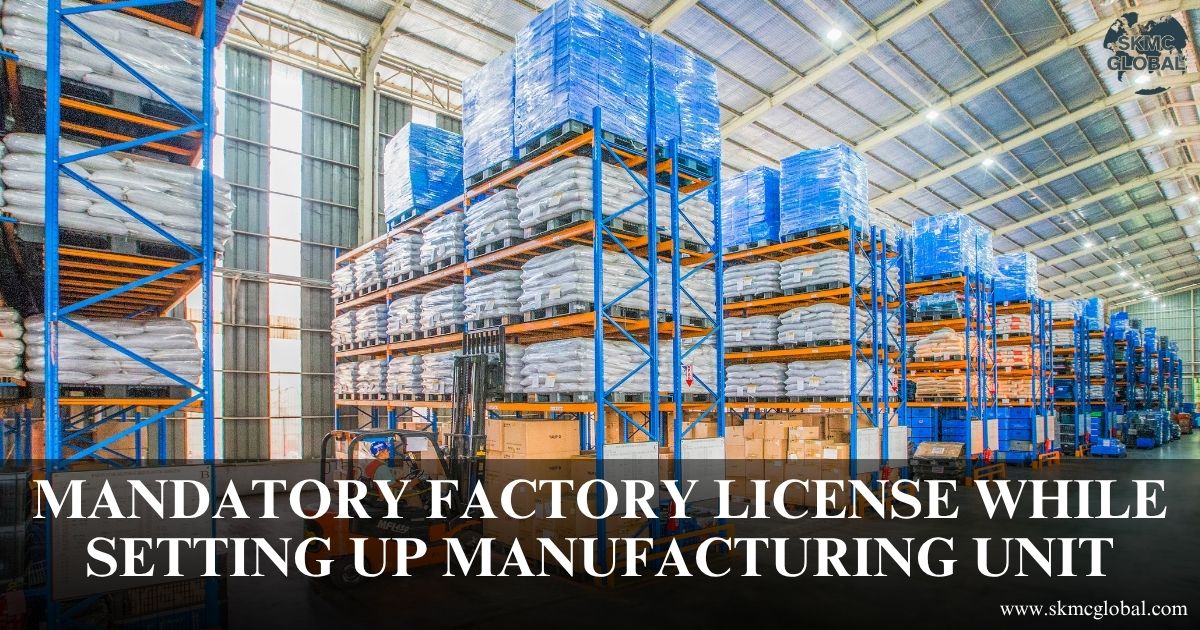 Mandatory factory license while setting up manufac...
Aug 08,2025
Mandatory factory license while setting up manufac...
Aug 08,2025
-
 Procedure for obtaining NBFC Registration in India...
Aug 04,2025
Procedure for obtaining NBFC Registration in India...
Aug 04,2025
-
 FSSAI License registration for Food Business...
Jul 14,2025
FSSAI License registration for Food Business...
Jul 14,2025
-
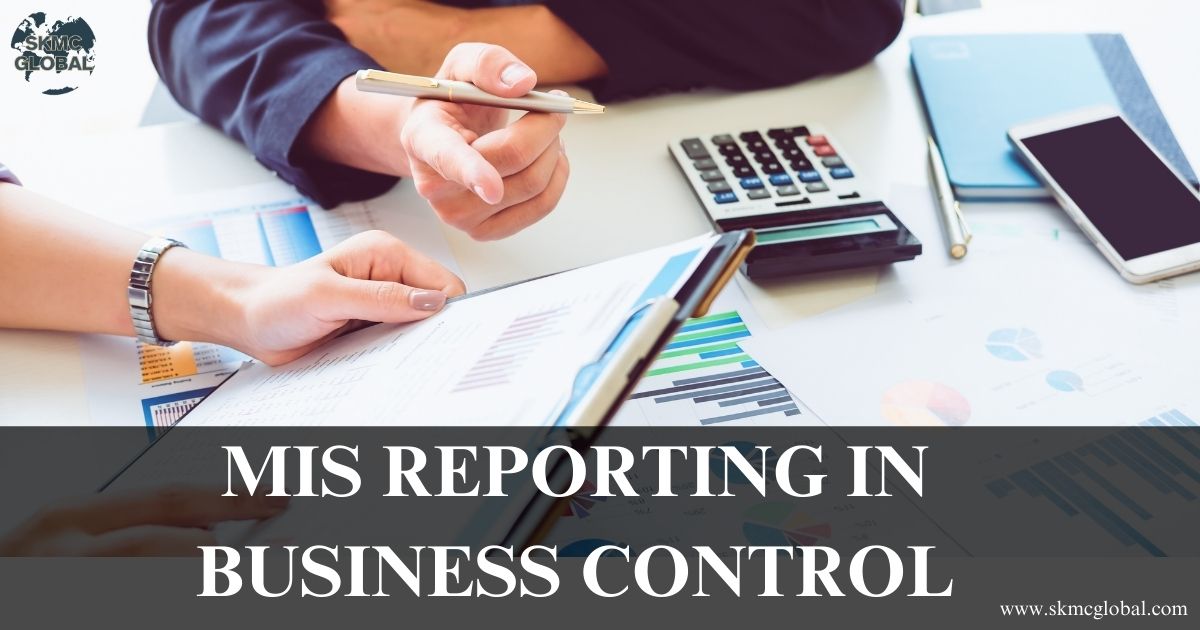 How Management Information System (MIS) reporting ...
Jul 11,2025
How Management Information System (MIS) reporting ...
Jul 11,2025
-
 IFRS 9 impairment- A complete guide...
Jul 12,2025
IFRS 9 impairment- A complete guide...
Jul 12,2025
-
 Why most of the companies are shifting to hr and p...
Jul 10,2025
Why most of the companies are shifting to hr and p...
Jul 10,2025
-
 A complete guide on valuation of shares...
Jul 10,2025
A complete guide on valuation of shares...
Jul 10,2025
-
 BIS registration for foreign manufacturer...
Jul 09,2025
BIS registration for foreign manufacturer...
Jul 09,2025
-
 Understanding the Scope of the Shops and Establish...
Jul 08,2025
Understanding the Scope of the Shops and Establish...
Jul 08,2025
-
 Coso framework: Complete guide on internal control...
Jun 26,2025
Coso framework: Complete guide on internal control...
Jun 26,2025
-
 Components and Process for Conducting Internal Aud...
Jun 25,2025
Components and Process for Conducting Internal Aud...
Jun 25,2025
-
 What is ICFR and Why It is Important for Businesse...
Jun 24,2025
What is ICFR and Why It is Important for Businesse...
Jun 24,2025
-
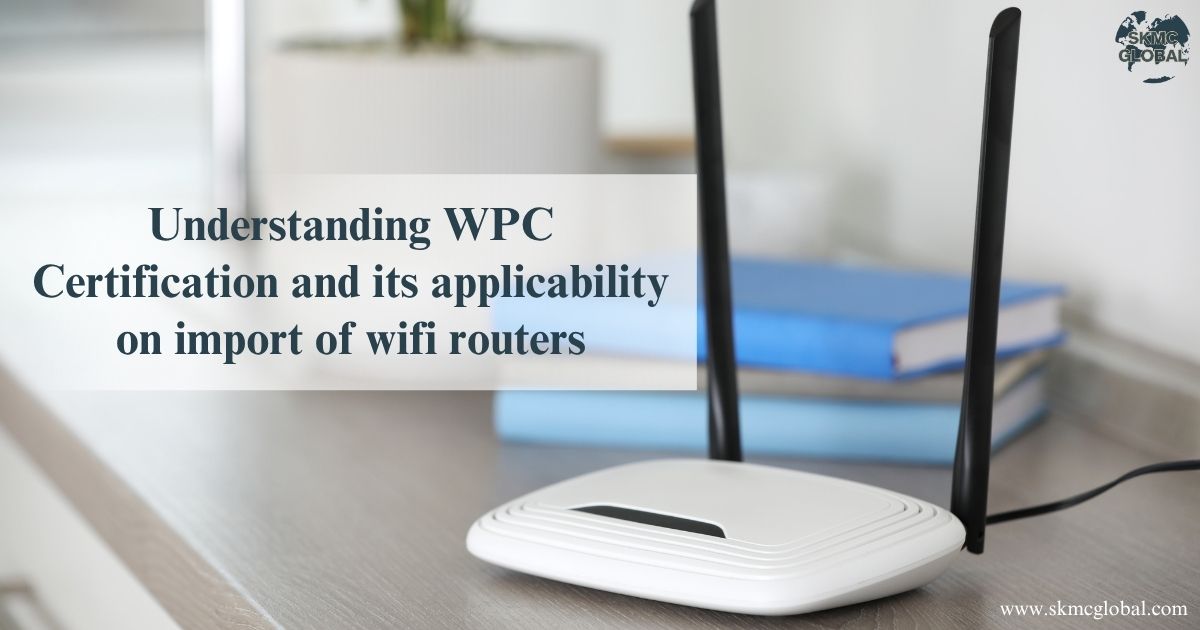 Understanding WPC Certification and its applicabil...
Jun 23,2025
Understanding WPC Certification and its applicabil...
Jun 23,2025
-
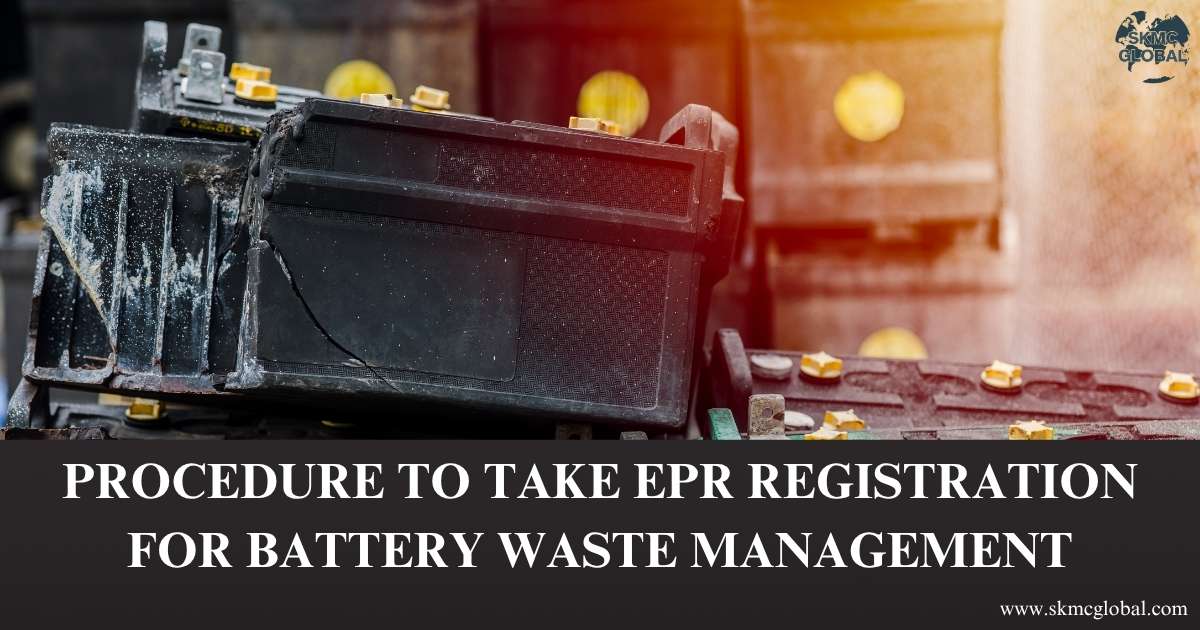 Procedure to take EPR registration for battery was...
Jun 21,2025
Procedure to take EPR registration for battery was...
Jun 21,2025
-
 3PL Logistics...
Jun 19,2025
3PL Logistics...
Jun 19,2025
-
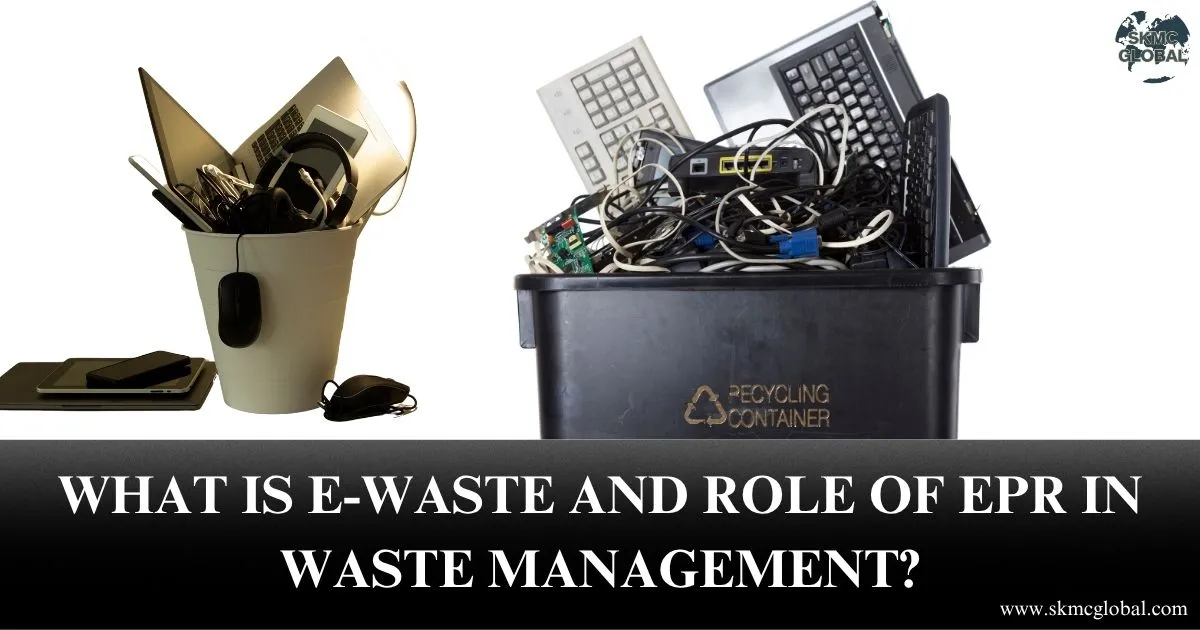 What is E-Waste and role of EPR in Waste Managemen...
Jun 17,2025
What is E-Waste and role of EPR in Waste Managemen...
Jun 17,2025
-
 M&A Due Diligence in India: How to Spot Target Com...
Jun 16,2025
M&A Due Diligence in India: How to Spot Target Com...
Jun 16,2025
-
 BIS crs certification for electronic products...
Jun 12,2025
BIS crs certification for electronic products...
Jun 12,2025
-
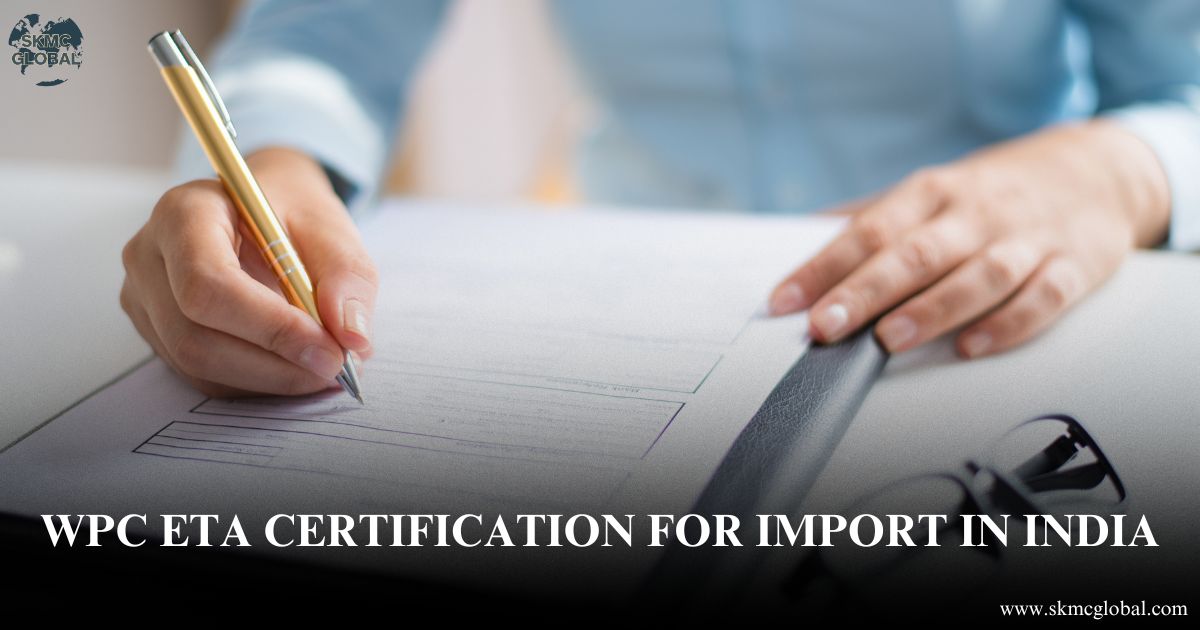 All you need to know about WPC ETA certification f...
Jun 11,2025
All you need to know about WPC ETA certification f...
Jun 11,2025
-
 What is CDSCO Registration under The Drugs & Cosme...
Jun 10,2025
What is CDSCO Registration under The Drugs & Cosme...
Jun 10,2025
-
 Procedure to Take CDSCO Registration in India: A C...
Jun 09,2025
Procedure to Take CDSCO Registration in India: A C...
Jun 09,2025
-
 All You Need to Know About AERB Registration...
Jun 07,2025
All You Need to Know About AERB Registration...
Jun 07,2025
-
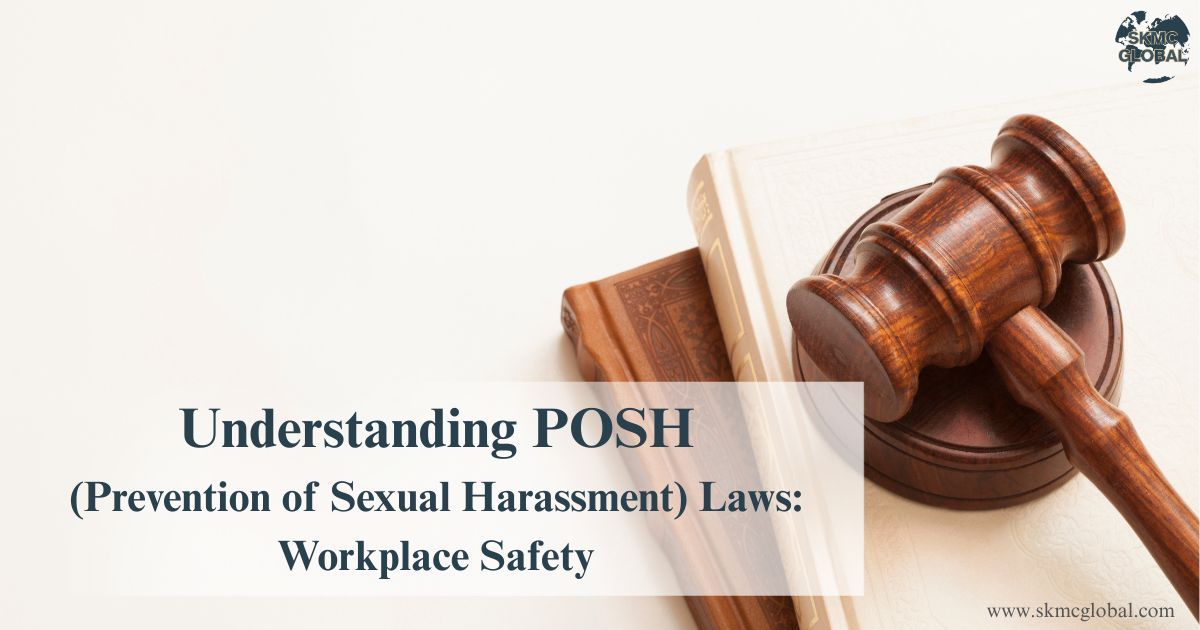 Understanding POSH (Prevention of Sexual Harassmen...
Jun 03,2025
Understanding POSH (Prevention of Sexual Harassmen...
Jun 03,2025
-
 Chartered Accountant's role in financial managemen...
May 23,2025
Chartered Accountant's role in financial managemen...
May 23,2025
-
 5 Things to keep in your mind while running payrol...
May 17,2025
5 Things to keep in your mind while running payrol...
May 17,2025
-
 Why BIS Certification is Crucial for Importers and...
May 15,2025
Why BIS Certification is Crucial for Importers and...
May 15,2025
-
 Top 7 Reasons Indian Entrepreneurs Are Switching t...
May 07,2025
Top 7 Reasons Indian Entrepreneurs Are Switching t...
May 07,2025
-
 Incorporation of Company in Japan...
Apr 24,2025
Incorporation of Company in Japan...
Apr 24,2025
-
 How to set up a Representative Office in Singapore...
Apr 14,2025
How to set up a Representative Office in Singapore...
Apr 14,2025
-
 BIS certificate for medical equipments...
Apr 09,2025
BIS certificate for medical equipments...
Apr 09,2025
-
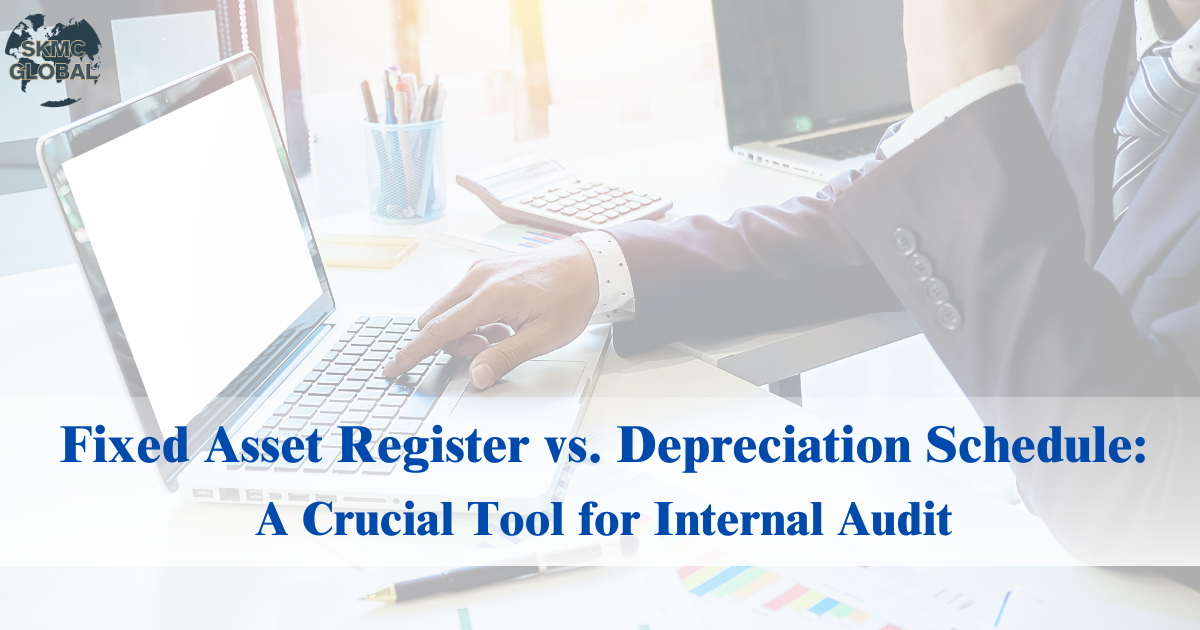 Fixed Asset Register v/s Depreciation Schedule: A ...
Apr 02,2025
Fixed Asset Register v/s Depreciation Schedule: A ...
Apr 02,2025
-
 Role of AI in Accounting...
Mar 26,2025
Role of AI in Accounting...
Mar 26,2025
-
 Capital Structure & its Impact on Profitability...
Feb 21,2025
Capital Structure & its Impact on Profitability...
Feb 21,2025
-
 Union Budget 2025...
Feb 01,2025
Union Budget 2025...
Feb 01,2025
-
 What is EPR in Plastic waste Management? ...
Jul 12,2022
What is EPR in Plastic waste Management? ...
Jul 12,2022
-
 Lithium-ion Battery Recycling Plant Setup in India...
May 10,2022
Lithium-ion Battery Recycling Plant Setup in India...
May 10,2022
-
 Setting up E-waste Recycling Plant Setup...
Jan 12,2022
Setting up E-waste Recycling Plant Setup...
Jan 12,2022
-
 Applicability of Labour Laws in India...
Jul 15,2021
Applicability of Labour Laws in India...
Jul 15,2021
-
 Basis to Outsource Finance and Accounting Services...
Oct 31,2021
Basis to Outsource Finance and Accounting Services...
Oct 31,2021
